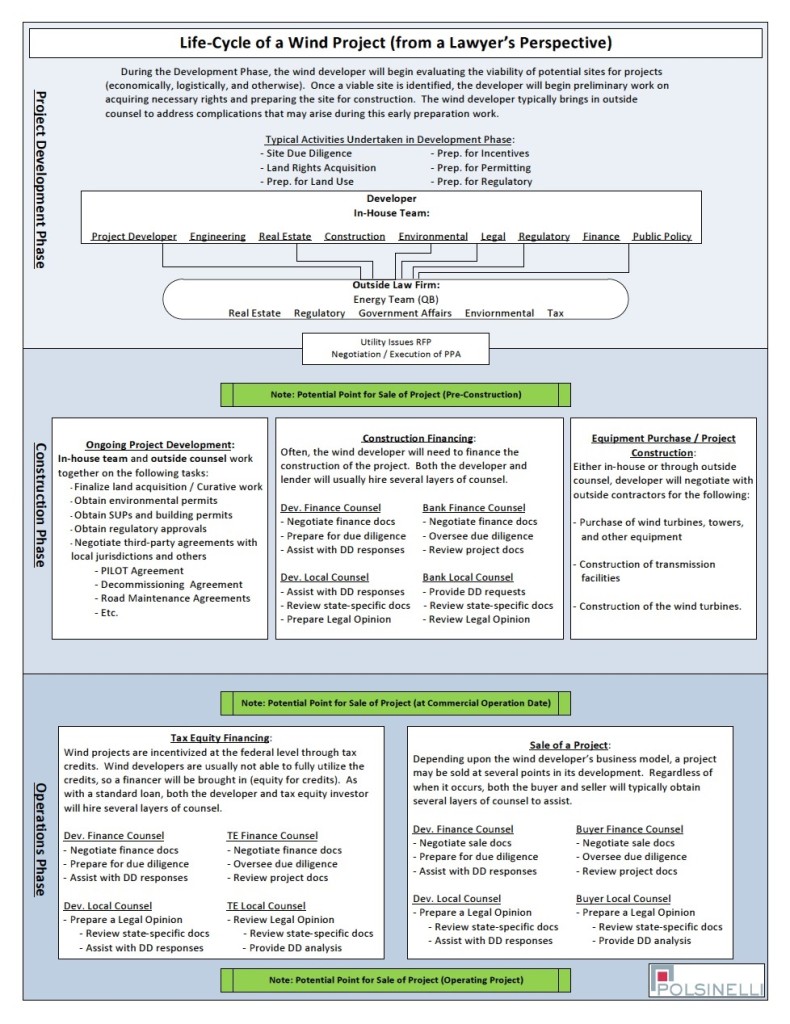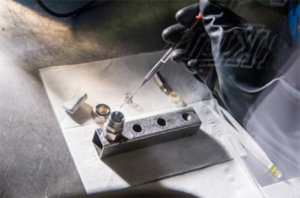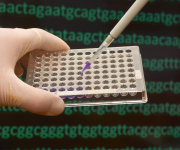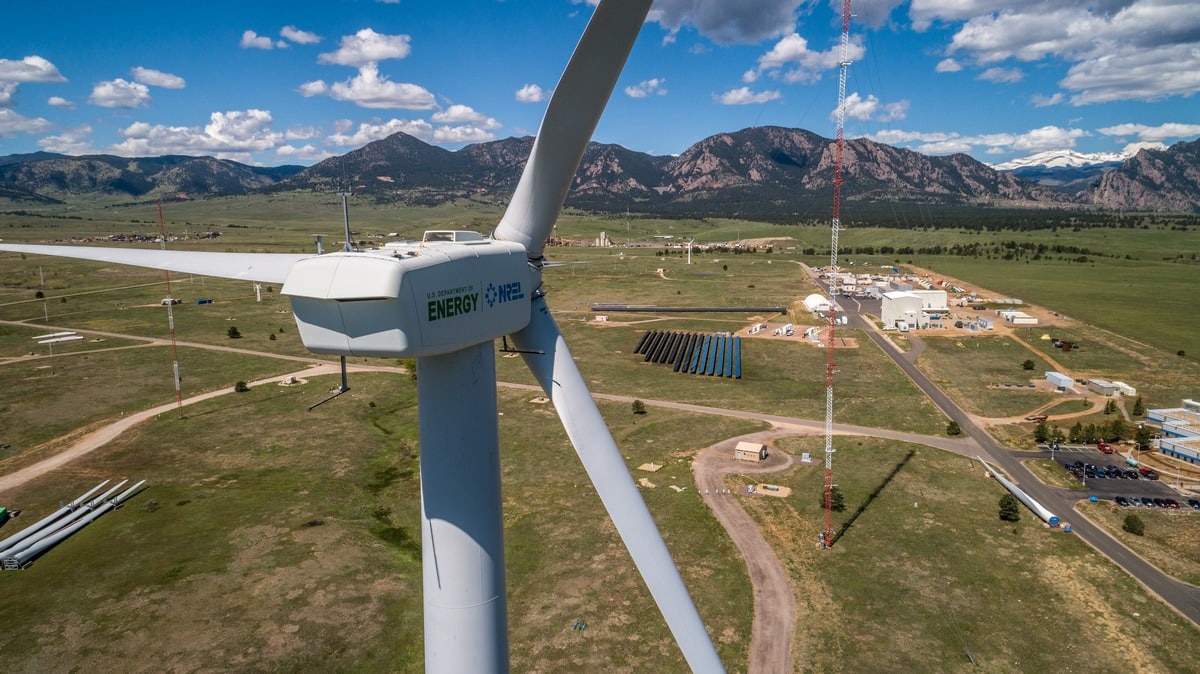Wind Project Development: From a Legal Perspective
Recently, Alan Anderson and I were thrilled to be invited to present to a class at the Washburn University Law School. For those of you that don’t know, Washburn has developed a truly exceptional energy and oil & gas law program (something that I dearly wish I could have had in law school), thanks in large part to the efforts of Prof. David Pierce. When Prof. Pierce’s invites us to do just about anything, we usually jump at the chance. For this presentation, our goal was to provide a high-level but fairly comprehensive overview of the types of legal issues that arise during the main stages of a wind project’s design, construction and operation phases. Interestingly, after we sat down to plan out …












